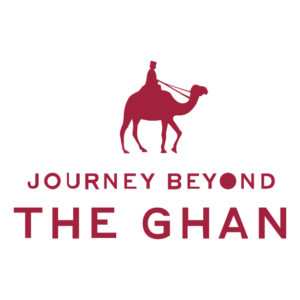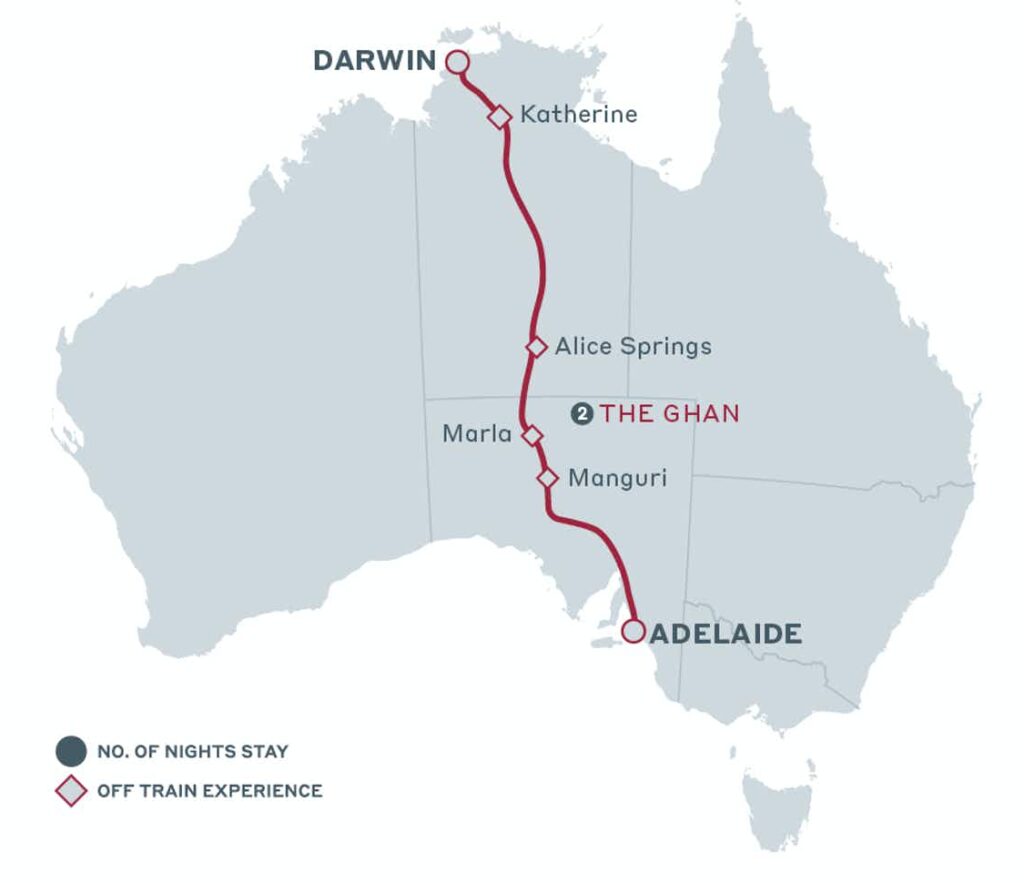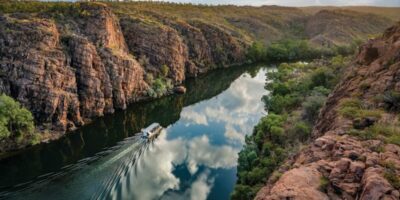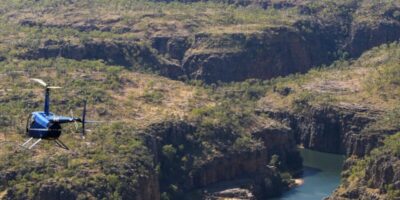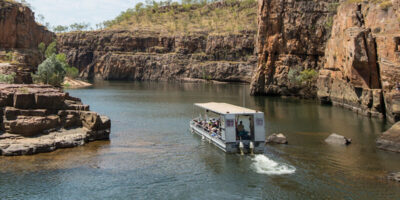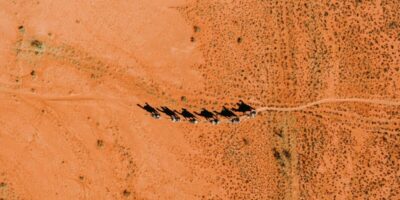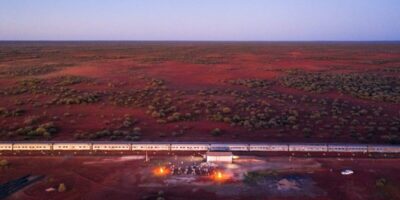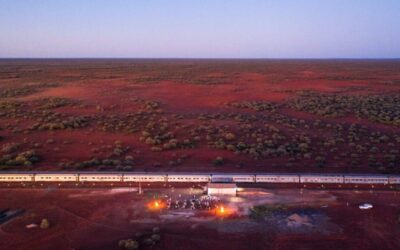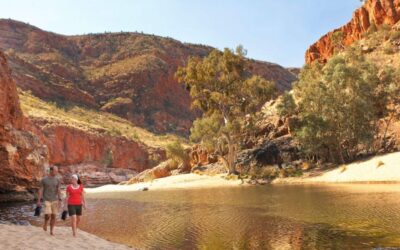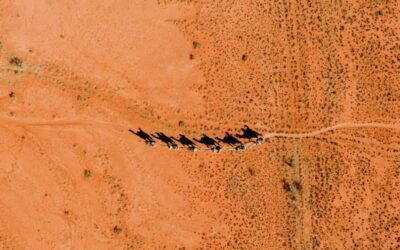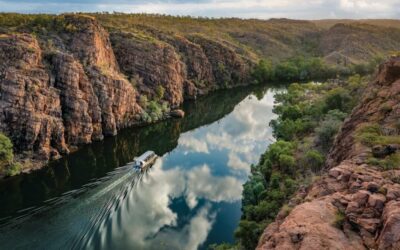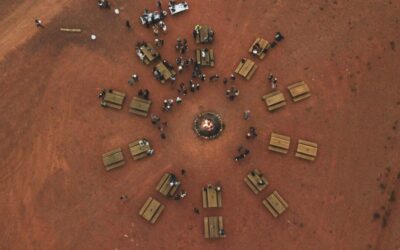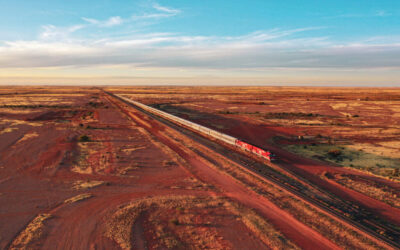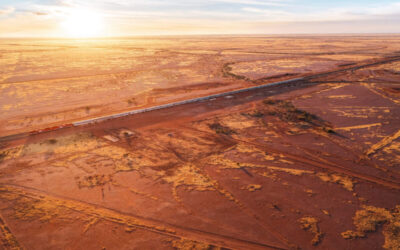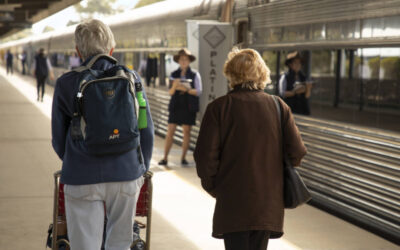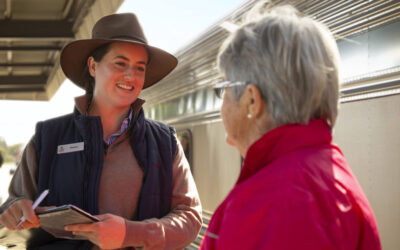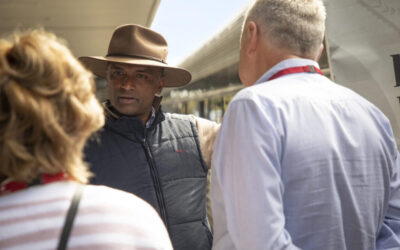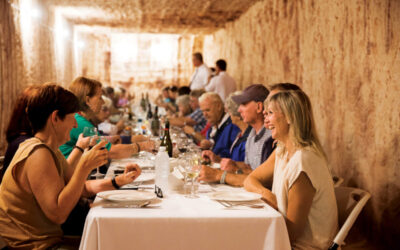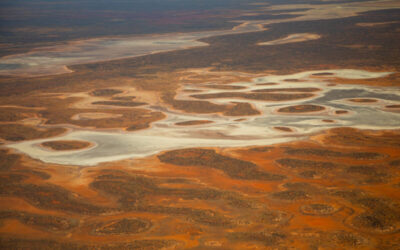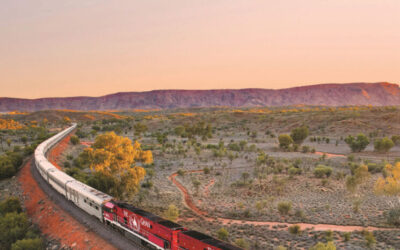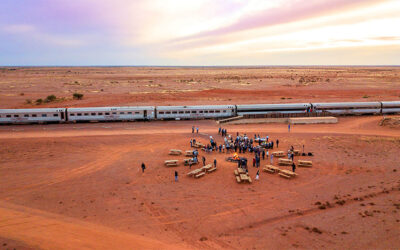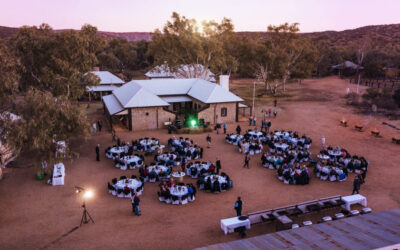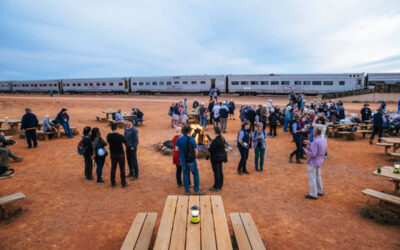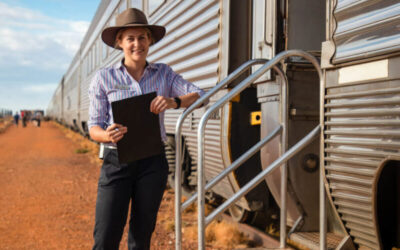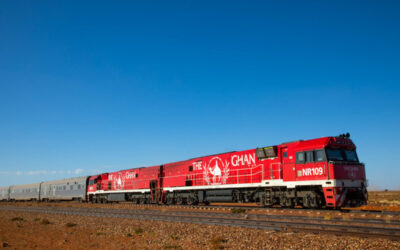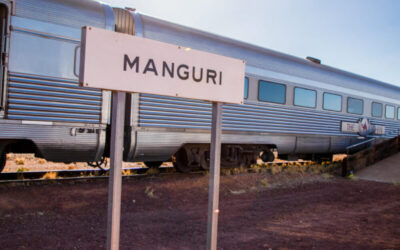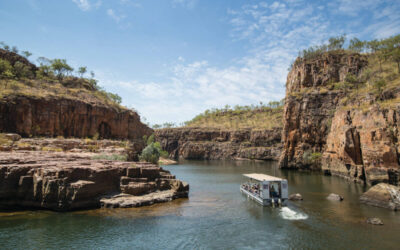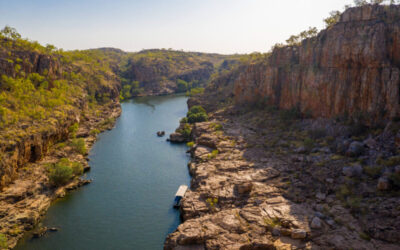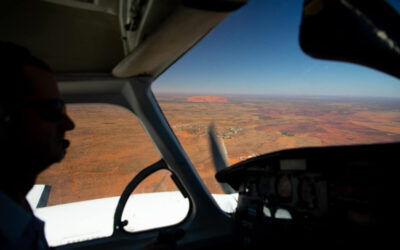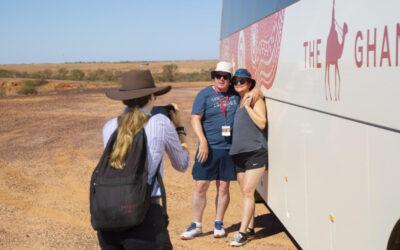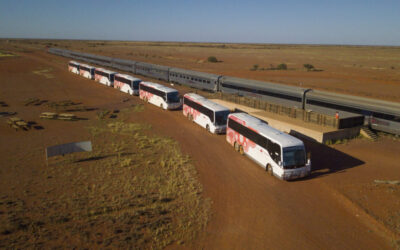Originally dubbed the Afghan Express, The Ghan train was named for the pioneering cameleers who blazed a permanent trail into the Red Centre of Australia more than 150 years ago; the original Ghan line following the route of explorer John MacDouall Stuart.
1839
The first cameleers arrive in South Australia. ‘Harry’ was the sole surviving camel from a group of six that made the voyage from Tenerife in north-west Africa to Port Adelaide. In 1846, Harry carried supplies for explorer John Horrocks on an expedition around Lake Torrens.
1860’s
No other camels were imported until the 1860s when they soon arrived in the thousands as central Australia was opened up by explorers. Right through until the early 1900s, cameleers made a significant contribution to the economy, transporting goods, mail, water, tools and equipment to remote towns, helping the development of major infrastructure projects including the Overland Telegraph and the construction of rail lines.
1877
Construction of a new Port Augusta to Alice Springs railway line begins.
Workers build the track up to Oodnadatta (665 kilometres from Port Augusta). This remained the northernmost point of the track until the line was completed 38 years later.
1911
The Commonwealth commits to construction of an Adelaide to Darwin rail line to connect the almost 3000 kilometres between southern and northern Australia.
1929
On August 4, an excited crowd gathers at the Adelaide Railway Station to farewell The Ghan for the first time. It carries more than 100 passengers and supplies bound for the remote town of Stuart, later to be called Alice Springs. Two days later, the historic journey was complete.
The train was steam hauled, and the service had to contend with extreme conditions including flash flooding and intense heat. As such, it was often irregular. Legend has it The Old Ghan was once stranded for two weeks in one spot and the engine driver shot wild goats to feed his passengers.
1940’s
The Ghan line is used to transport servicemen for training and deployment during World War II. The year 1944 was the busiest time in history for the railway with up to 247 trains running per week.
1960’s – 1970’s
Through the transportation of crucial supplies, The Ghan railway plays an important role helping grow major industries across the interior and in Adelaide and Darwin, such as mining, transport and agriculture.
1980
It was always intended for The Ghan to travel from Adelaide through to the Northern Territory city of Darwin. With the completion of the Alice Springs to Darwin rail link, this dream became a reality. The Ghan embarked on its inaugural transcontinental journey on 1 February, 2004.
The track we use today replaces the ‘Old Ghan’ railway that travelled via Quorn and across some of the most flood-prone regions of central Australia. The Pichi Richi Railway still operates a tourist train called The Afghan Express on the original path of the Old Ghan.
2001
Ninety years since the promise of the transcontinental rail to link Adelaide, Alice Springs and Darwin, work begins to fill the 1420 kilometre gap from Alice to Darwin.
2014
The Ghan celebrates its 10-year anniversary of the Alice Springs to Darwin line by inviting special guests aboard the train, including Australian musician James Reyne and former Deputy Prime Minister Tim Fischer. Among the celebrations is a concert and fireworks display at Pimba in South Australia.
2015
On 23 May 2015 The Ghan Expedition journey departs Darwin on the first four day/three night journey of its kind, allowing guests to visit Uluṟu and Coober Pedy without leaving their Ghan trip.
2019
The Ghan celebrates 90 years of outback adventures.
Today, the north-south cross-country journey covers 2979 kilometres and encounters spectacular and diverse landscapes from the pastoral hues of the South Australian plains, the rusty reds of the MacDonnell Ranges and the tropical greens of Katherine and Darwin.


